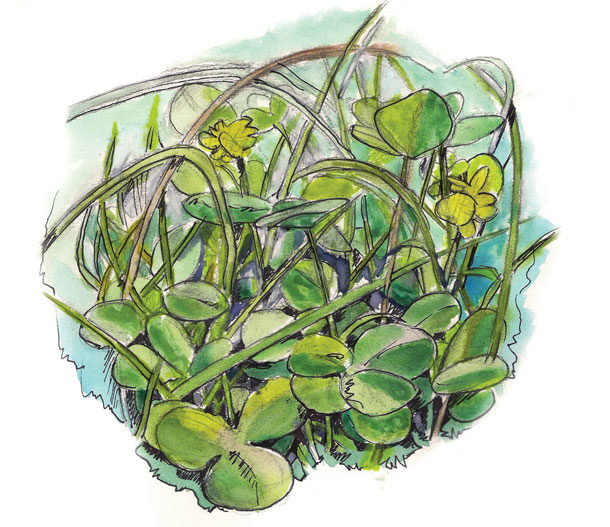Interseeding pastures: profit or problem? This is a question on which many people have differing positions. I like to have producers who ask about adding in seed to think about several considerations, and the answers we uncover usually lead to a decision that is satisfactory. To begin the evaluation:
- How long has the pasture been in production?
- Do the species present in the mix support the intended livestock purpose?
- Is the plant density sufficient for high production with the grazing management?
- What percentage of the plants are truly weeds or toxic plants?
- Does the budget allow for mitigating any of the above in this growing season?
- Are the livestock numbers sufficient to manage the sward? Can more be added or subtracted?
After these questions are answered, you can usually decide on an action plan.
There are many philosophies on adding seed or renovating a pasture. They usually can be categorized into three groupings.
- We use no seeds ever – we only use livestock to pressure the sward and improve it in that manner.
- We add seed on a regular basis, either by benign ways (such as unrolling mature hay), frost-seeding legumes or mechanical drilling.
- We do a total reset – termination by tillage or a chemical burndown, usually an unrelated “break crop” and a new direct seeding of the desired species.
These methods all have their proponents and detractors.
This article will focus on the second option, as that seems to be getting a lot of interest as a potential way of moving forward for many producers, but there appears to be a dearth of material written about it. Several readers have queried Progressive Forage – and hence, here we are. I have practiced all three of the above scenarios with varying degrees of success and satisfaction.
When adding some seeds, I found frost seeding to be quite effective for round seeds like clover and birdsfoot trefoil. Grasses tend to be more cylindrical in shape and do not “fly” nearly as uniformly, nor do they find their way down to the soil to be drawn into soil by the freezing and thawing action. For grasses, I find that in our temperate zone we get the best result out of a late-summer or early autumn seeding. Summer annual weeds will be taken out by frost, and the existing forages are usually a bit set back by heat and drought, so they are less competitive than existing forages in the spring.
We usually winter up in late November to early December and greenup in March. Setting seeds into a waxing spring greenup has not proven reliable. We observe that the seedlings just cannot compete with the established root systems of the plants already occupying the space except in the completely bare spots. Here, we may also encounter winter annuals like chickweed and henbit that provide competition. The catch and survivability seems limited by moisture and shading concerns of the existing sward. The probability of success is much higher with autumn seedings.
Another observation to share is what has been observed on the machinery side of the equation. Use of a “grassland drill” with a hoe shoe and vibrating shank has been the most successful and effective at getting new interseeded pastures up and going. The approximately 1-inch-wide seedbed produced by this flat hoe design is bare, firm soil. This provides some “free space” for the seedling the traditional no-till disc opener cannot provide.
Instead of a knifelike slot being opened, it is like a miniature furrow. Perhaps a very aggressive wavy coulter could provide this ahead of the disc opener. (The drills I have used did not have a wavy coulter out front.) The row made by the hoe drill is evident weeks post-seeding, and one can visually see the seedlings growing easily.
Lastly, I would offer that picking species known as “fast starters” is also critical in interseeding operations. Things like ryegrass and festuloliums are faster out of the gate than orchardgrass or bromegrass.
In summary, timing can be important; select late summer or early autumn for less competition from existing plants. Make sure your mechanical drill provides adequate space or “social distancing” (a term we’re all too familiar with) for the seedlings so they can establish vibrant roots and leaf surface before the neighboring plants get too close. Choose aggressive species that germinate and emerge quickly.
Go grow.










